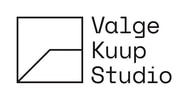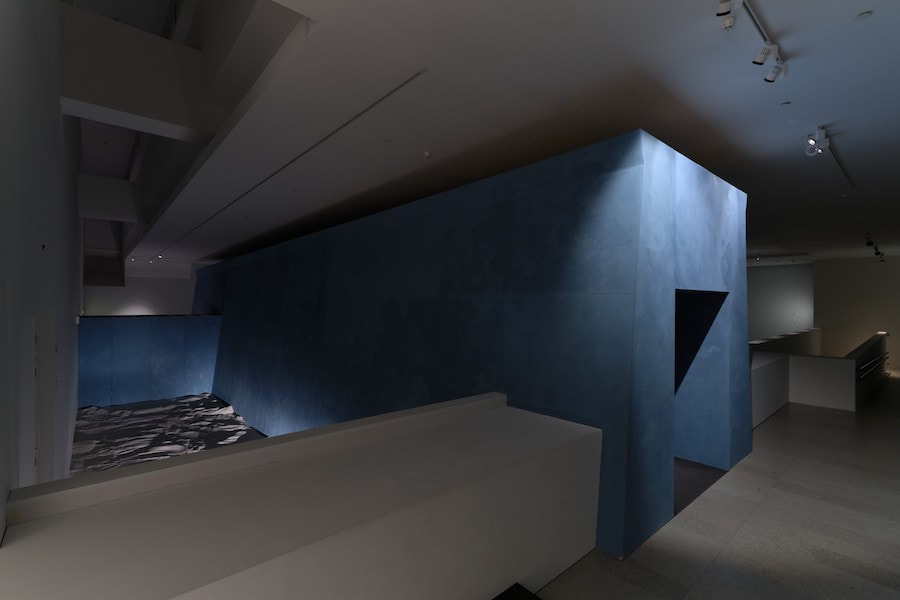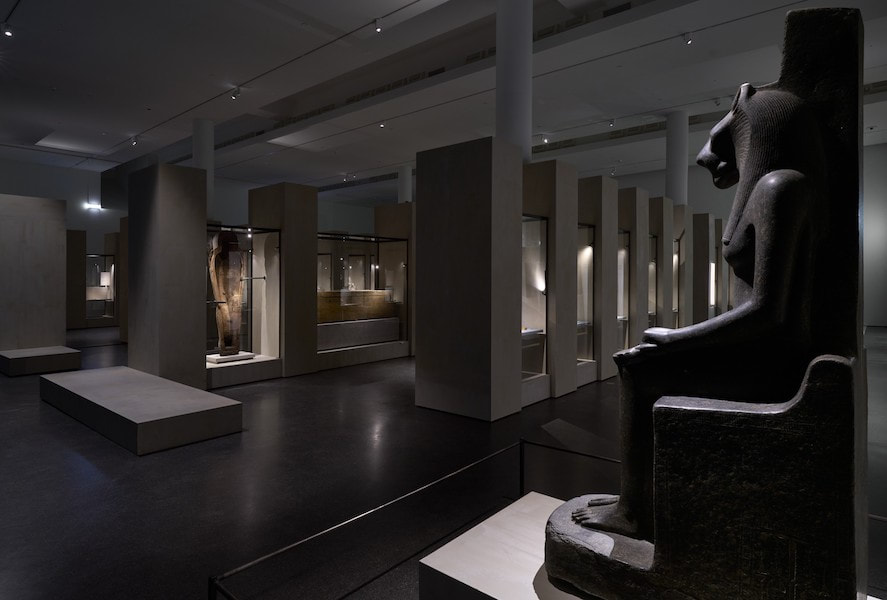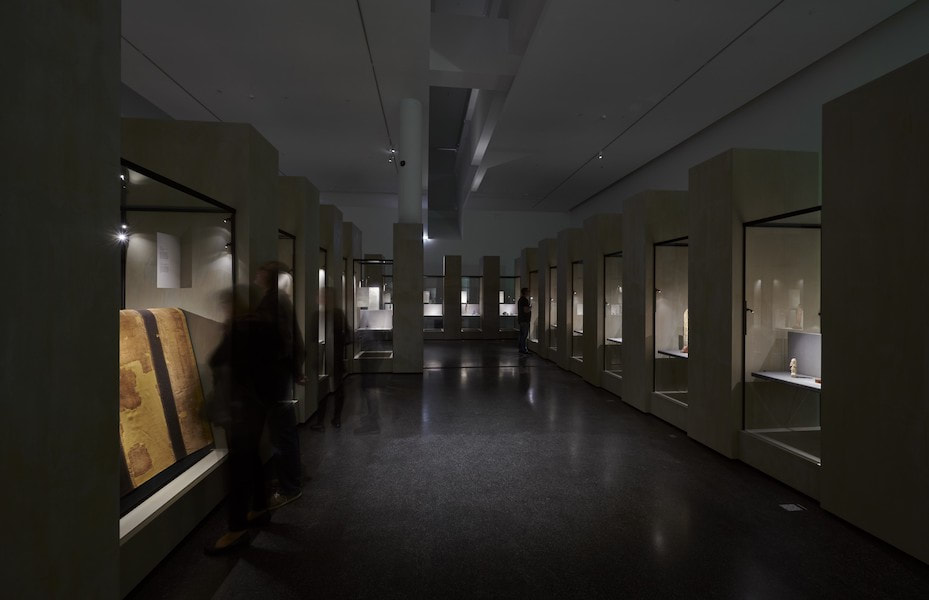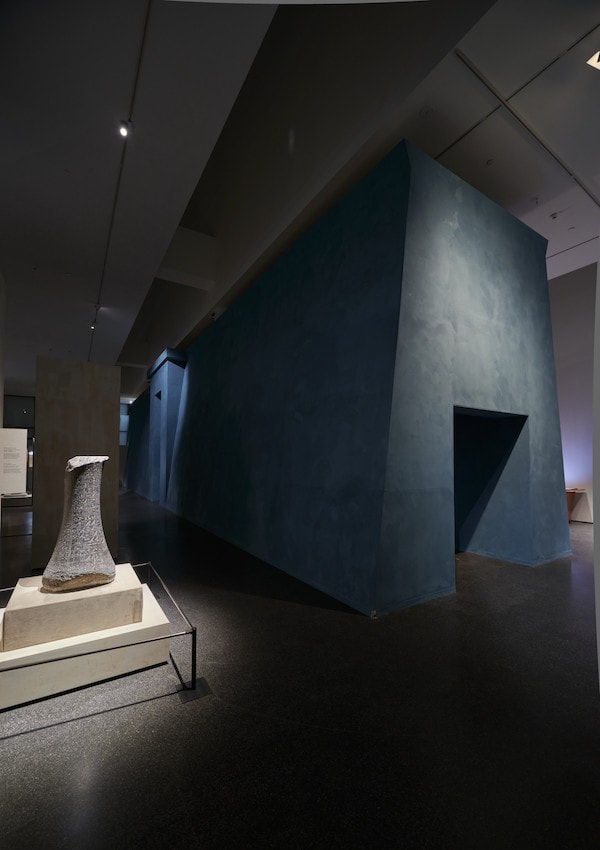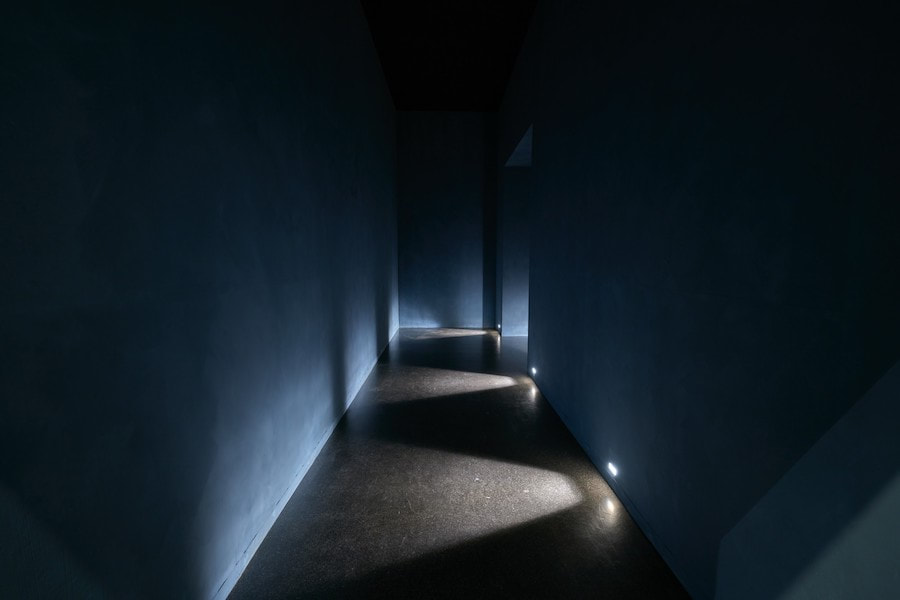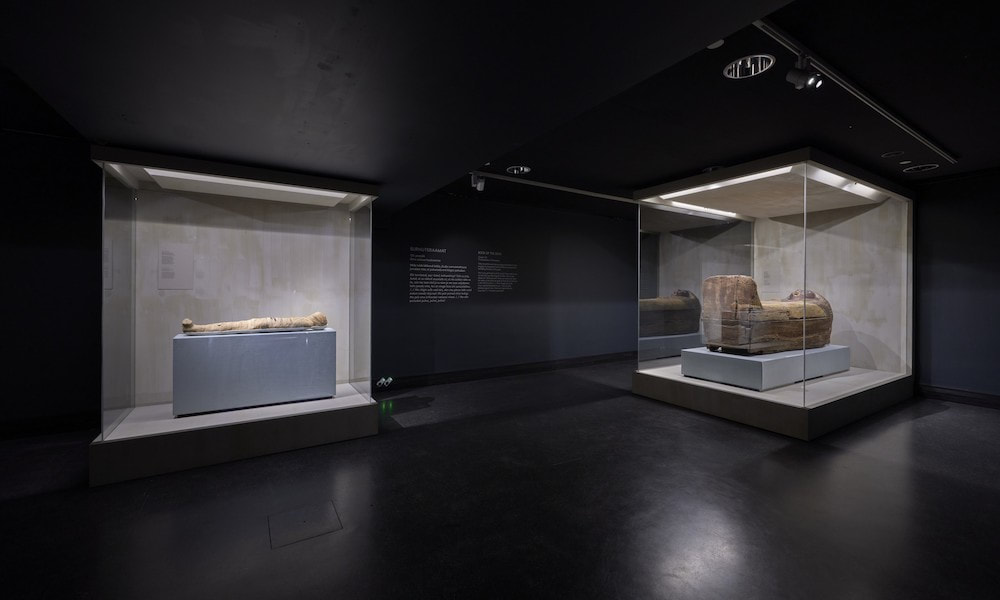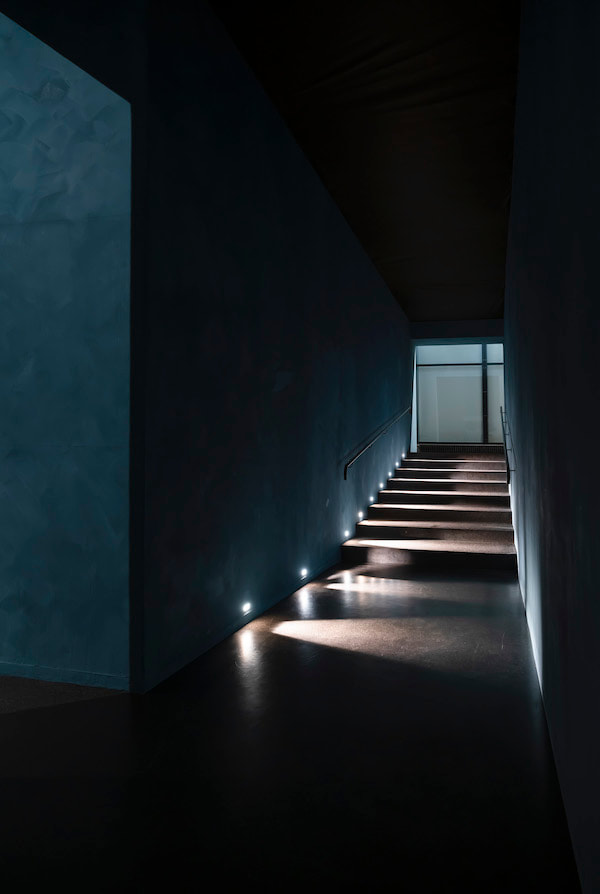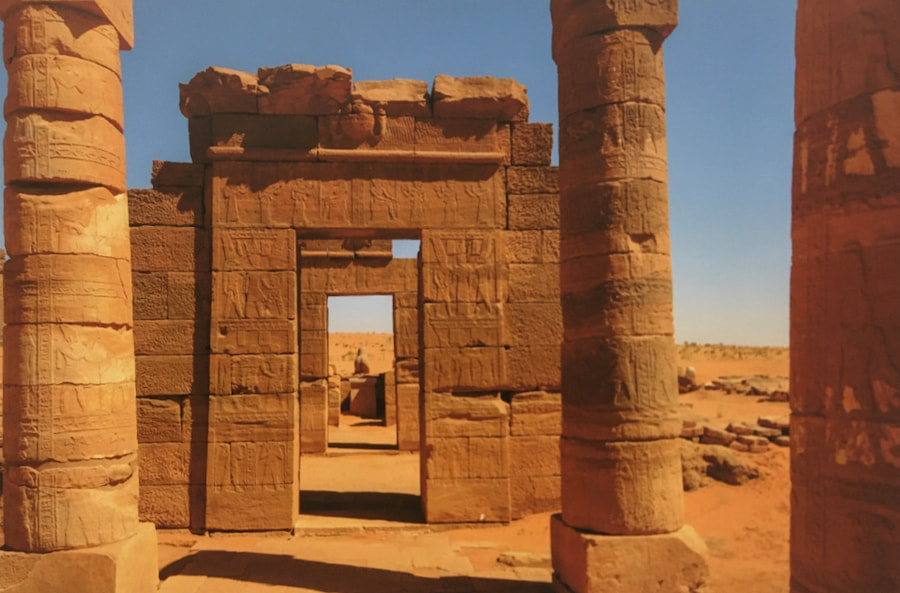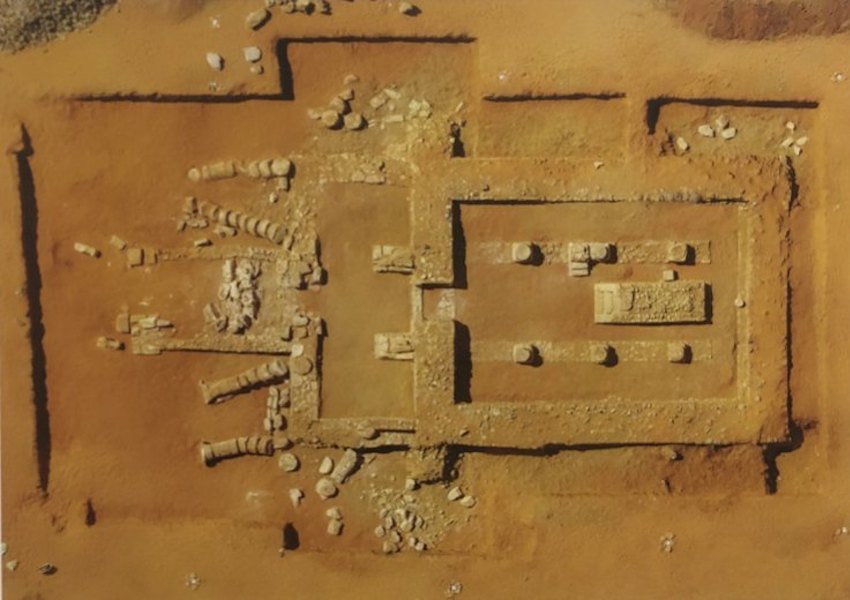|
Exhibition “Egypt of Glory: Art from the Nile Valley” at Kumu Art Museum, Great Hall.
Client: Art Museum of Estonia Curator: Paolo Marini (Museo Egizio) Co-curator: Jaanika Anderson (Univerity of Tartu Art Museum) Coordinator: Inga Jaagus Exhibition design: Jaana Jüris, Neeme Külm (Valge Kuup Studio) Graphic design: Asko Künnap Date: 10.10.2020–21.03.2021 EGYPTIAN EXHIBITION IN THE GREAT HALL: IN SEARCH OF AN EXHIBITION DESIGN 03.02.2020
Original interview in Estonian conducted by Inga Jaagus in Kumu's blog > A large exhibition showcasing Ancient Egyptian art will arrive at Kumu in October of this year. The long preparation process for the exhibition has reached a point where we can give a clue – a new spatial experiment will take place at the Great Hall in the autumn. The exhibition with more than 200 ancient objects the size of which varies drastically and which represent a wide variety of materials – from rocks to mummies – is quite a challenge for the designers. In addition to large sarcophaguses there are many beautiful miniature objects at the exhibition, which were vital for Ancient Egyptians in the afterlife. The exhibition conditions and requirement in terms of lighting, environmental and security of every piece must be carefully adhered to. The designers of the exhibition, Jaana Jüris and Neeme Külm from Valge Kuup Studio speak about reaching the fundamental basis for the exhibition design that would consider the specifics of the pieces. What is the greatest challenge in designing this exhibition? Neeme: The format of the exhibition is partially that of a jewellery exhibition – the presentation requirements are strict and we cannot make the pieces larger than they are. We asked ourselves what the visitor sees when they enter the exhibition? We decided that a certain staged quality is important in the design. We want the visitor to be able to locate a grain of sand at the exhibition, if necessary. Jaana: Every piece is equally important for us. We want every object to present itself as expansive, independent of its dimensions. We want every single piece to say “Look at me!”. Where did you get your initial inspiration for the design of the exhibition? Jaana: The idea started from a schematic, which depicts the entrance to a burial chamber. The act of descending the stairs started to resonate with Kumu’s own floorplan, if you enter the museum from the courtyard from the hillside of Lasnamäe. The objects exhibited at the exhibition were necessary for Ancient Egyptians to pass into the afterlife, which was a joyous occasion for them, not a moment to be feared. We started to see the space in such a way: down the stairs and through a dark corridor one enters the other side beyond which you find the bright and rich world of the afterlife. The visitor entering the hall, where the pieces are, could have a similar experience. We picked up another modicum of inspiration when visiting the Egyptian Museum in Munich. In the depiction of temple ruins we saw, we started to develop a method for placing the objects, a key to logic of the design. Neeme: The Great Hall at Kumu is usually an oblong shape, but in dividing up the space we arrived at a square division. If asked whether our exhibition design is borrowed from religious architecture, then it is not. Rather it is a combination of various elements, not following the example of anything specific. |
Exhibition views by Stanislav Stepaško. Source: Art Museum of Estonia |
